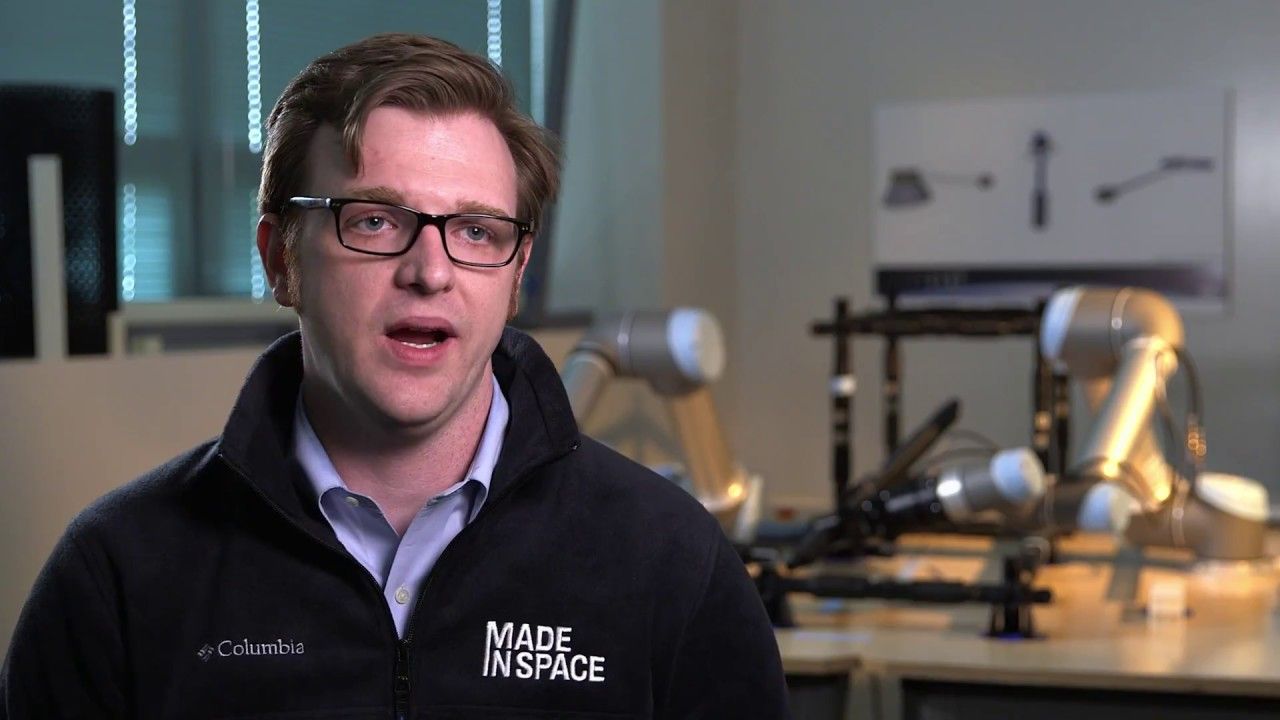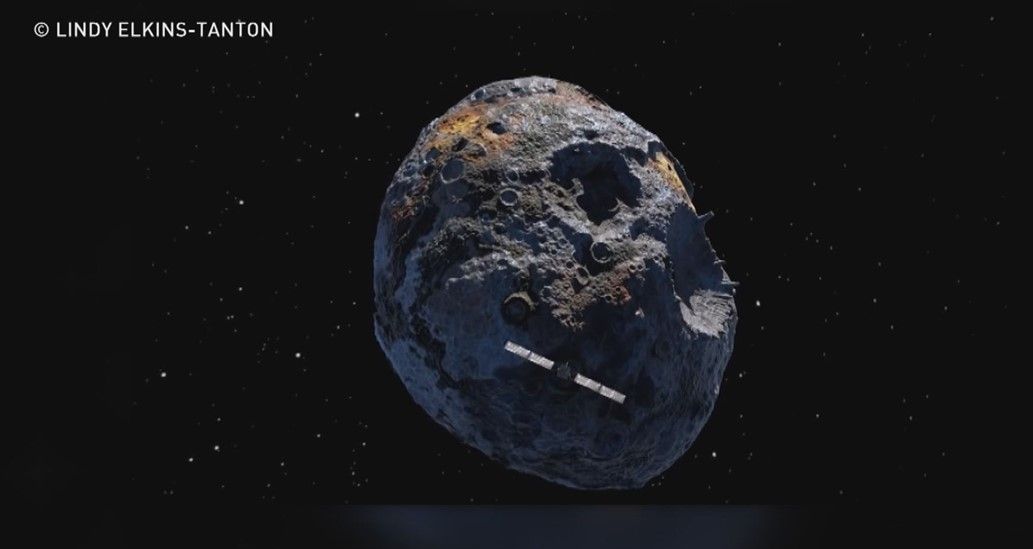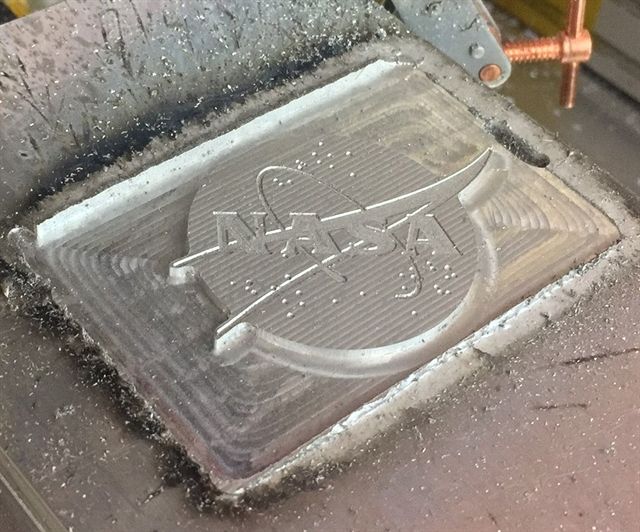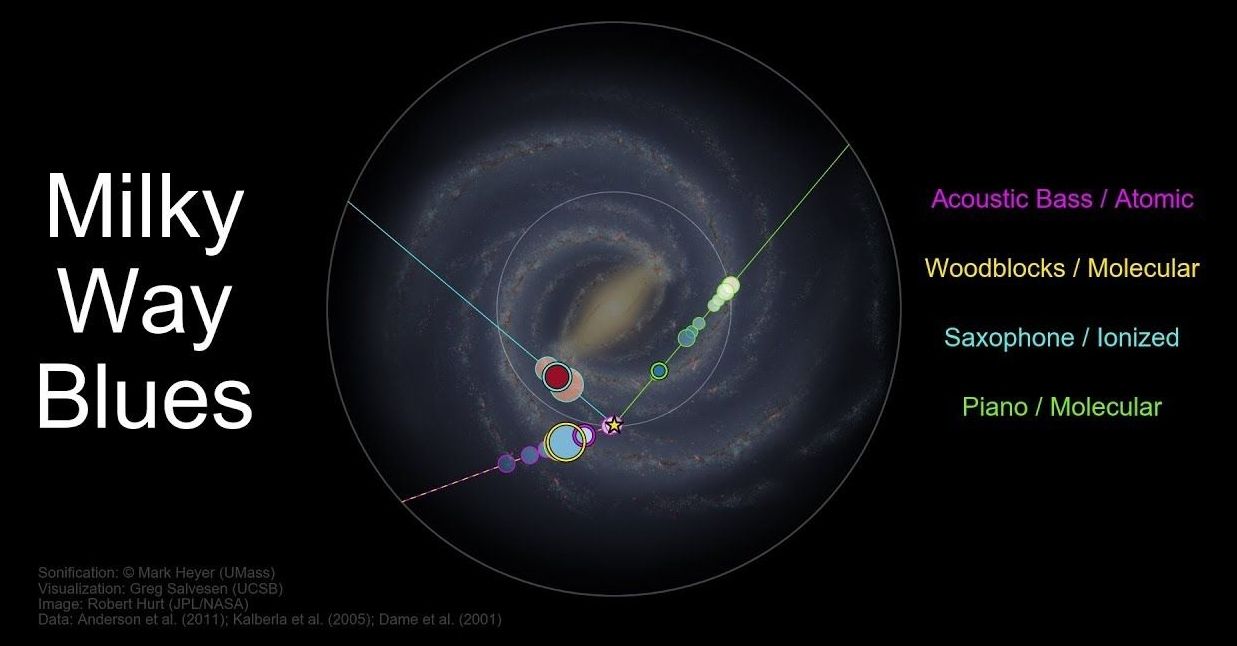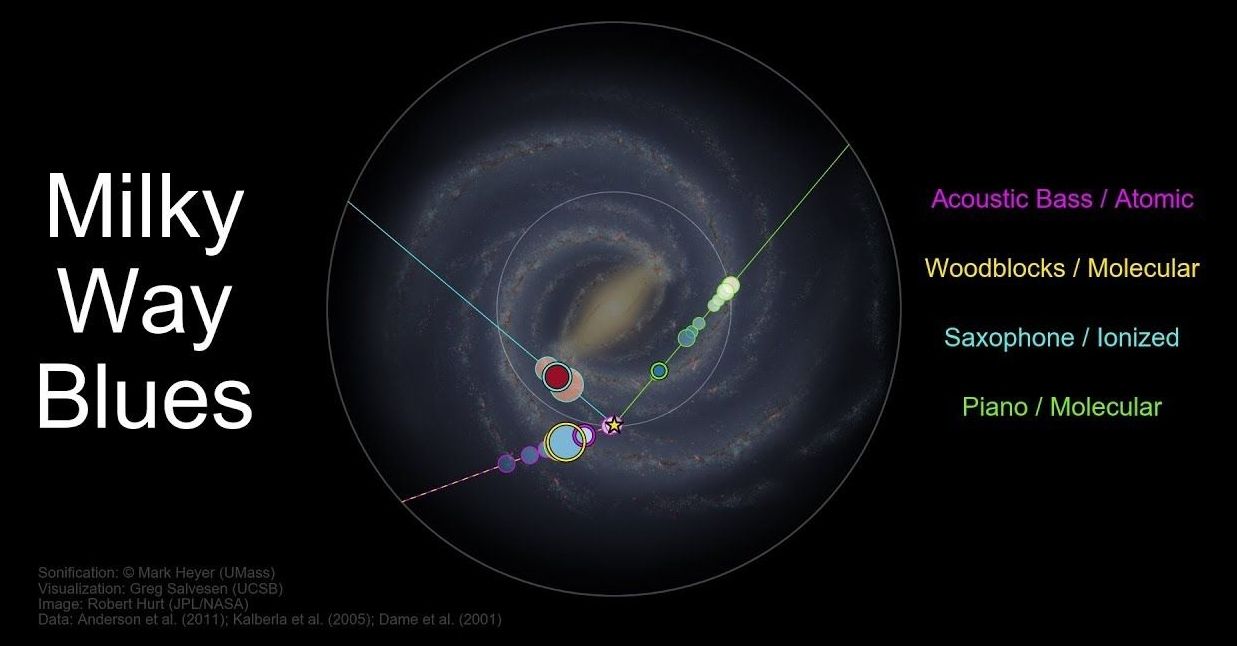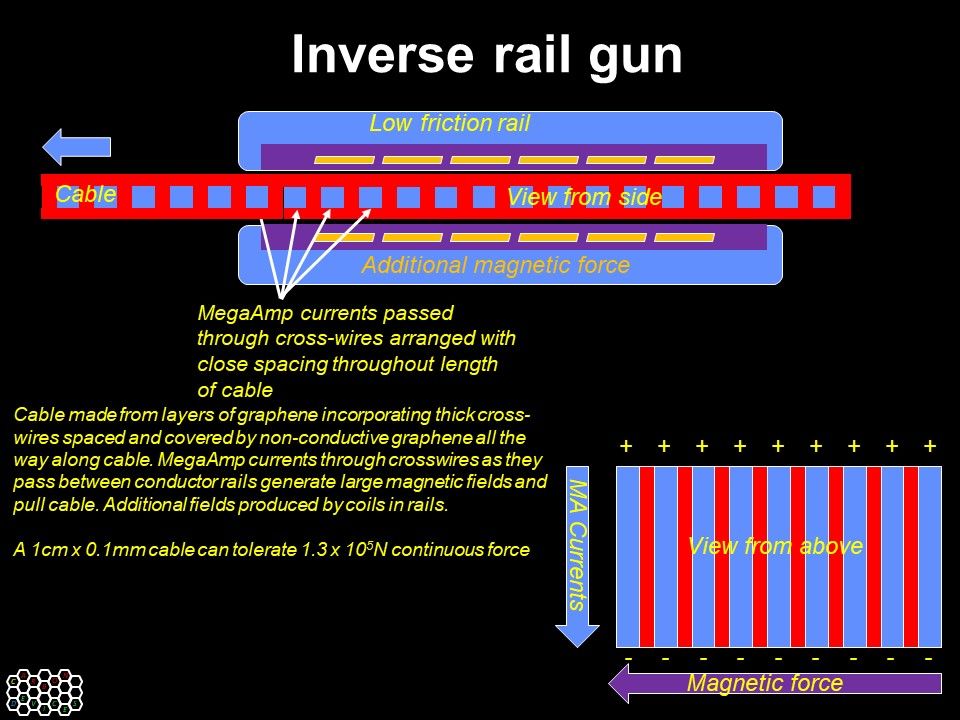
Future wars could be much more fierce with weapons even more powerful than nukes:
The world is progressing in many ways, but tribalism isn’t going away, so new arms races in AI, drones, bio-weapons and space weapons are already under way. Forewarned is forearmed. What sort of weaponry should we expect? I’ve discussed AI and bio approaches before on other blogs, so this one looks just at kinetic weaponry using advanced materials, coupled to EM acceleration systems.
https://carbondevices.com/2017/08/31/using-inverse-rail-guns…ce-launch/ shows a crude illustration of my invention, the inverse rail gun, which inverts the idea of using a slug on a short rail gun and uses the short rail gun to accelerate a long tape instead.
Continue reading “Carbon kinetic weapons” »
